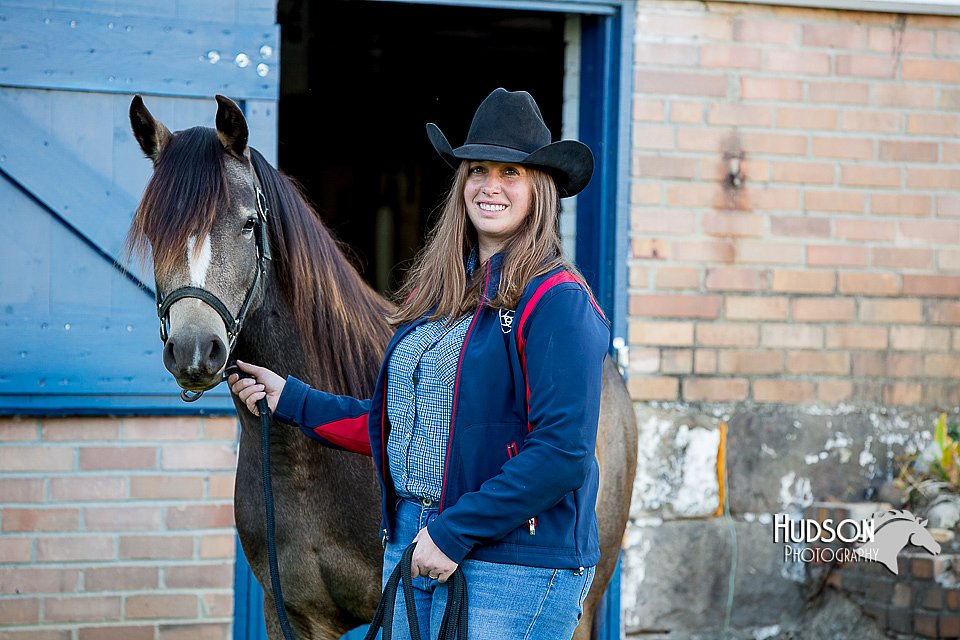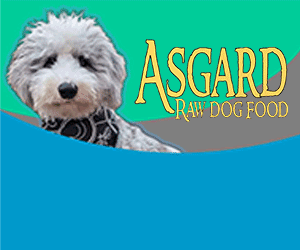By Courtney Moffatt
Brains work in mysterious and amazing ways. One of the ways is when we listen to others, speaking out loud or even thinking to ourselves, our brains automatically construct images. Both humans and animals construct mental imagery. That is why when people read books, images of the storyline play out in their minds. Another example is when one describes a new cat they adopted as an adult orange, fluffy cat with a white chest who loves to play with his stuffed mouse, the listener visualizes the fluffy cat in detail, playing with his mouse. We can’t turn this feature off in our brain – it’s automatic.
For this reason, we should never speak or put any negative images in our minds when communicating to animals because it confuses them. We also need to believe what we are trying to say to them. If you don’t believe your own words, why should they?
If your dog jumps on people, many people would say “don’t jump”. First, this is a negative statement. Second, there’s no mental picture for the word “not”, which means there’s also no picture for don’t, can’t, shouldn’t, couldn’t or wouldn’t. When you say don’t jump, what mental picture comes to mind? A dog jumping! This sends an animal a mixed message. Instead, tell him to stay calm and keep all four feet on the floor. When that is said, this illustrates the positive, desired behavior. It is also important to believe that the dog will stay calm and keep all four feet on the floor. This is definitely easier said than done, but if performed correctly, it will help reinforce the desired outcome.
A few years ago, one of my horse training clients, Linda Moore had a mare named Sugar who she wanted me to ride. Because Sugar was bought at an auction, Linda had no history on her. It was clear that this horse was abused by how she reacted to the slightest touch, which implied her distrust in people.
When I came out to ride Sugar for the first time, I immediately felt the tension in her body. She was bracing against me, thinking I was going to pull on her face or kick hard. On that first ride, all I did was have her walk around as I worked on softening up her entire body. After 20 minutes, Linda could see a difference. She actually relaxed a little bit, her mouth softened, she started to flex at the poll and there was a softness in her eyes. I had Linda climb on so she could feel the difference. She was ecstatic!
Over the months, I worked with Sugar, continuing to get her relaxed. With every ride, she was becoming better and better. My biggest challenge with her was getting her to relax and go slow at the lope. When I would ask for a lope departure, it was like being in the Kentucky Derby! She exploded into a fast gallop, head sky high and body tense. Filled with pure terror, there was no slowing down or calming this horse. Linda and I are sure that her old owner barrel raced her and must have whipped her to run faster. She now associates loping with galloping and getting smacked.
Before our next ride, I told Sugar what we were going to do, why we needed to do this and how I wanted her to behave by conveying clear images in my mind with peaceful energy. I also believed everything I was saying to her. I knew she could be calm and I could sense that she wanted to be calm. Softly, I said “Okay Sugar, we are going to lope. Be calm, go slowly, enjoy yourself, lower your head and relax.” This mantra was repeated over and over for the entire ride. When I asked for the first lope departure, nothing had changed. She still felt like a racehorse, but I wasn’t deterred because I knew she could do this. As we were flying around the arena, I said my mantra out loud and thought of the picture in my mind of what I wanted her to do. The picture was that of a western pleasure horse loping around, which was an exaggeration of the message since she was a trail horse.
Suddenly, to my surprise, one stride felt softer, a little more relaxed and a hair slower; just one stride.
She started to give me that “one relaxed stride” a little more and more. I praised her, assuring that was exactly what I wanted her to do.
As I continued to ride her throughout the month, she started to give me two relaxed strides, then three. Eventually, I got her to relax about one quarter of the distance around the arena. That may not sound like much, but for a previously abused horse, that was huge. Any rider could sense her relief. Although she would experience sporadic regressions, the general trend was one step back; two steps forward.
It took a lot of time to get Sugar to this place – many months actually. Once I began to use my training skills and animal communication together, we made progress much faster. She was happier and more relaxed.
If you ever find yourself in a situation where your animal is confused or just needs to know what you want from him, remember to use positive words and images and believe in what you are telling them. Remain consistent and even when your progress is backsliding, don’t give up. Occasionally, it just takes time. Animals want to please us but sometimes we need to make the message clear to them.



